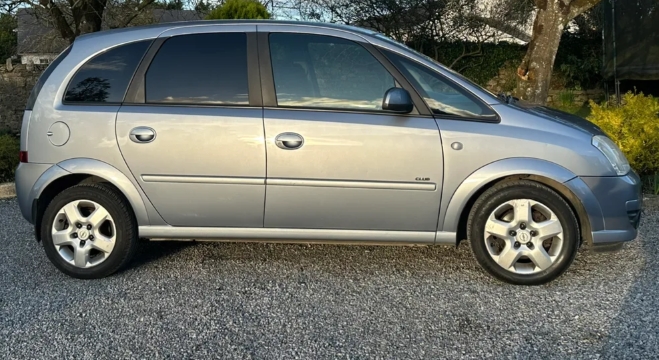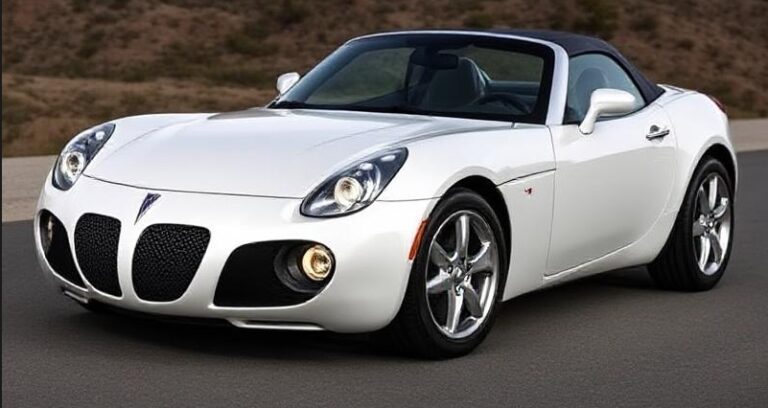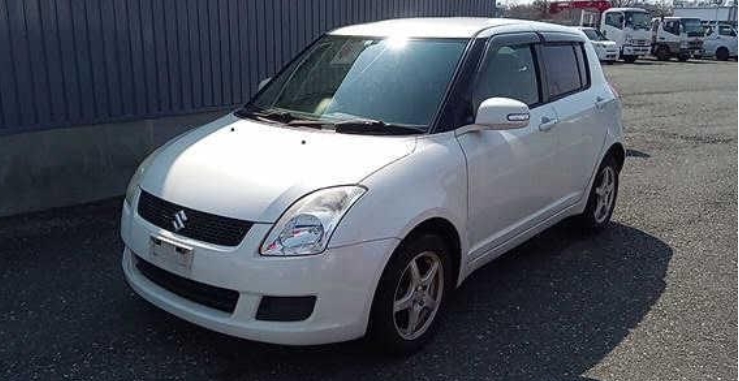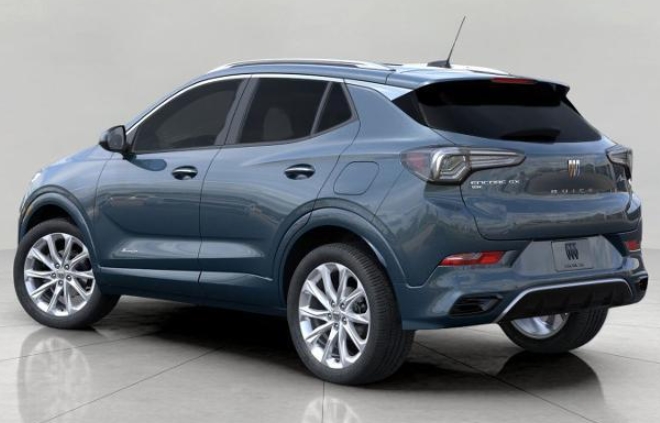The Evolution of the Nissan Micra
The Nissan Micra, known as the Nissan March in some markets, is one of Nissan’s most enduring and recognizable models. Since its debut in 1982, the Micra has undergone multiple generations, each marked by significant design, technological, and engineering advancements. This article traces the full evolution of the Nissan Micra, detailing its production years, model variations, and trim levels.
First Generation (K10; 1982–1992)
Introduction and Development
Launched in 1982, the Nissan Micra first appeared as the K10 series, designed to be an affordable, compact city car. It was developed to replace the Nissan Cherry and aimed at the burgeoning European and Japanese markets. Its compact size, lightweight design, and economical engine options made it popular among urban drivers.
Production Years: 1982–1992
Design & Features
- The K10 was a three-door hatchback, with later four-door variants introduced.
- Engine options ranged from 1.0L to 1.3L gasoline engines.
- Notable for its practicality, the K10 featured a simple, functional interior.
- It was one of the first small cars to offer a front-wheel-drive layout, improving interior space.
Trim Levels
Initially, the K10 was available in basic trims, such as:
- GL: Entry-level, basic features.
- GX: Added amenities like better upholstery and optional extras.
- Super S: Sportier trim with enhancements like sportier suspension, trim, and sometimes sporty decals.
Over the years, additional trims were introduced in various markets.
Second Generation (K11; 1992–2002)
Introduction and Development
The second-generation Micra, K11, debuted in 1992, bringing a more rounded, modern design. It aimed to appeal to a broader demographic, including younger drivers and small families.
Production Years: 1992–2002
Design & Features
- The K11 featured a more aerodynamic shape, with rounded edges and a more spacious interior.
- Engine options expanded to include 1.0L, 1.3L, and 1.4L petrol engines, as well as a 1.0L diesel variant.
- Safety features such as side-impact bars and improved crash protection were introduced.
- The car was praised for its reliability, fuel economy, and affordability.
Model Variants & Trims
Throughout its production, the K11 was offered in various trims:
- L: Basic model with minimal features.
- LS: Upgraded interior, improved trims.
- Super S: Sportier version with enhanced suspension, body kits, and sporty decals.
- SX: Higher-end trims with additional comfort and convenience features.
- GT: The sportiest version, often with a 1.3L or 1.4L engine, sportier suspension, and styling.
Special editions and markets-specific trims also appeared, such as the Micra C+C (cabriolet) and Micra SE.
Third Generation (K12; 2002–2010)
Introduction and Development
The third-generation Micra, K12, launched in 2002, marked a significant shift toward a more modern, globally competitive vehicle. It featured a more refined design, improved safety, and increased interior space.
Production Years: 2002–2010
Design & Features
- The K12 had a distinctive, rounded appearance with a prominent grille and large headlights.
- Engine options included 1.0L, 1.4L, 1.5L, and 1.6L petrol engines, as well as a 1.5L diesel.
- The model introduced Nissan’s CVT transmission options in some markets.
- Safety features were enhanced, with optional airbags and ABS.
Model Variants & Trims
The K12 was offered in multiple trims, varying by market:
- S: Entry-level, basic features.
- Visia: Slightly upgraded with additional comfort features.
- Acenta: Mid-range trim with better interior and technology.
- Acenta Sport: Sportier styling cues.
- Tekna: Top-tier trim with luxury features like alloy wheels, air conditioning, and upgraded audio systems.
- Micra K12 Sport: Special sporty editions with unique styling.
Special editions included the Micra K12 20th Anniversary and Micra K12 N-SPORT.
Fourth Generation (K13; 2010–2017)
Introduction and Development
The K13 Micra, launched in 2010, represented a major redesign with a focus on style, efficiency, and technology. It was designed primarily for European markets but was sold worldwide with various specifications.
Production Years: 2010–2017
Design & Features
- The K13 had a contemporary, stylish exterior with a bold grille and sleek profile.
- Engine options ranged from 1.0L to 1.5L, including turbocharged variants.
- It introduced new safety features such as electronic stability control and multiple airbags.
- The interior was more modern, with improved infotainment options, including touchscreen displays in higher trims.
- Fuel economy and emissions were improved, aligning with stricter global standards.
Model Variants & Trims
Trim levels varied across markets but generally included:
- Visia: Basic model with essential features.
- Acenta: Mid-range with added comfort and technology.
- Acenta Plus: Further upgraded with premium features.
- Tekna: Top-tier trim with luxury features, advanced infotainment, and safety options.
- N-TEC: Sportier styling and features, including unique body kits and interior accents.
Special editions included Micra N-TEC, Micra Tekna, and various limited editions for specific markets.
Fifth Generation (K14; 2017–Present)
Introduction and Development
The current fifth-generation Nissan Micra, introduced in 2017, is built on the Renault-Nissan Alliance’s CMF-B platform, emphasizing efficiency, technology, and urban maneuverability.
Production Years: 2017–Present (as of 2023)
Design & Features
- The K14 features a distinctive, modern design with sharp lines, a floating roof, and an athletic stance.
- Engine options include 0.9L turbocharged three-cylinder, 1.0L naturally aspirated, and 1.0L turbocharged variants, with a focus on low emissions and high efficiency.
- Advanced safety features such as Intelligent Emergency Braking, Lane Departure Warning, and Around View Monitor are available.
- Infotainment systems include touchscreen displays with smartphone connectivity.
- The vehicle emphasizes urban agility, compact size, and fuel economy.
Model Variants & Trims
Trim levels vary by market but generally include:
- Visia: Basic features, entry-level.
- Acenta: Mid-range with added comfort and tech.
- N-Connecta: Features like larger touchscreen, advanced safety.
- Tekna: Premium trim with leather seats, premium audio, and advanced driver assistance.
- N-Design: Sporty styling elements, special badging.
Special editions and packages have been released periodically, focusing on sportiness or technology.
.
RepairSurge Online Repair Manuals Replace Bulky Books With Reliable Digital Information!
Faster And Cheaper Than Traditional Printed Manuals, Users Get Instant Access To The Repair Information They Need For Any Car, Truck, Van or SUV:
.
Summary of Evolution
| Generation | Years Active | Key Features & Highlights | Notable Trims & Variants |
|---|---|---|---|
| K10 | 1982–1992 | Compact, lightweight, economical | GL, GX, Super S, Sport versions |
| K11 | 1992–2002 | Modern design, safety features | L, LS, Super S, SX, GT, special editions |
| K12 | 2002–2010 | Rounded styling, safety, interiors | S, Visia, Acenta, Tekna, Sport editions |
| K13 | 2010–2017 | Style, tech, safety improvements | Visia, Acenta, Tekna, N-TEC |
| K14 | 2017–Present | Advanced technology, efficiency | Visia, Acenta, N-Connecta, Tekna, N-Design |
Conclusion
Over nearly four decades, the Nissan Micra has evolved from a basic city car into a sophisticated, technologically advanced vehicle that balances efficiency, safety, and style. Each generation has introduced improvements in design, engineering, and features, maintaining its reputation as a practical choice for urban drivers worldwide. The Micra’s adaptability to market demands and technological trends ensures its continued relevance in the compact car segment.







